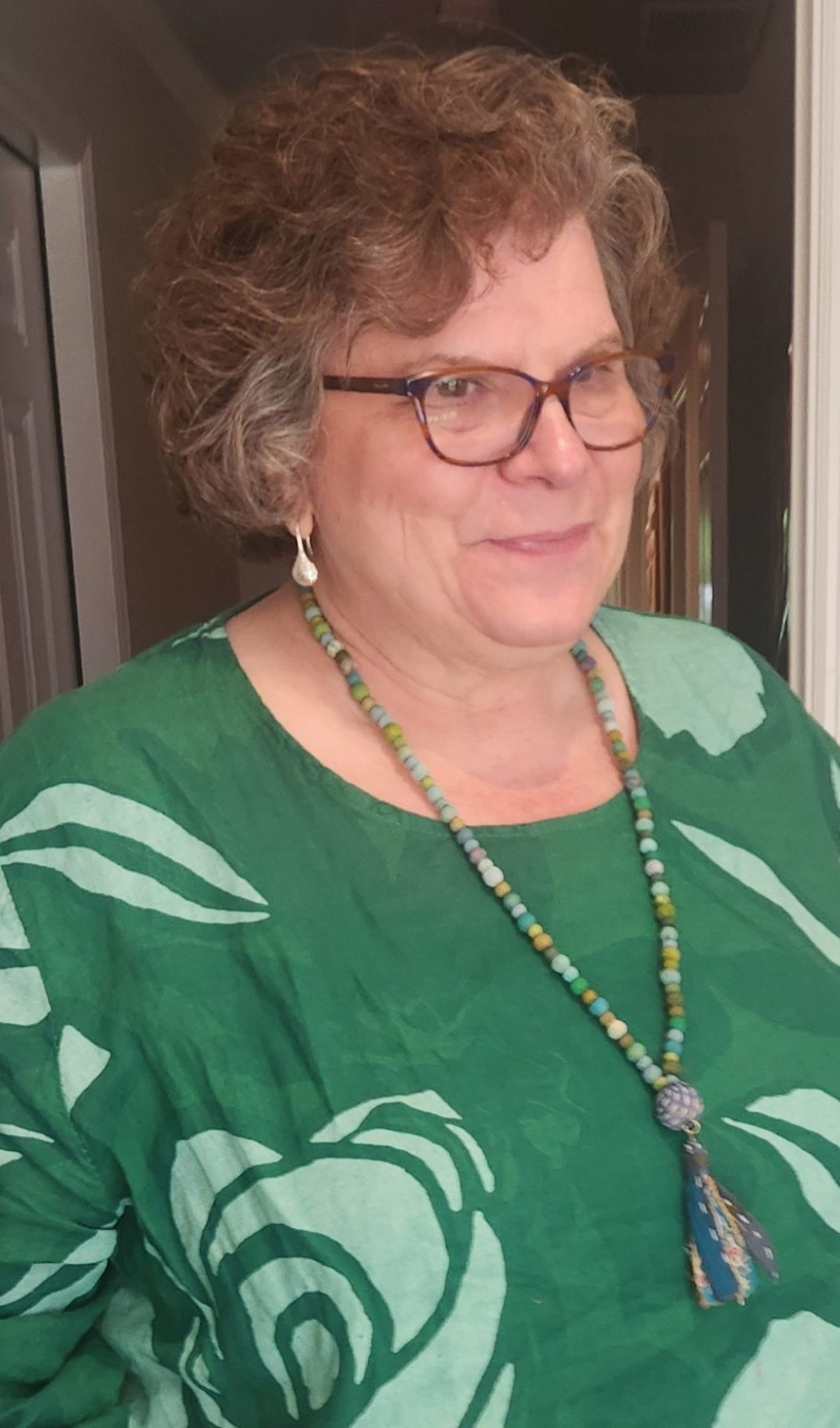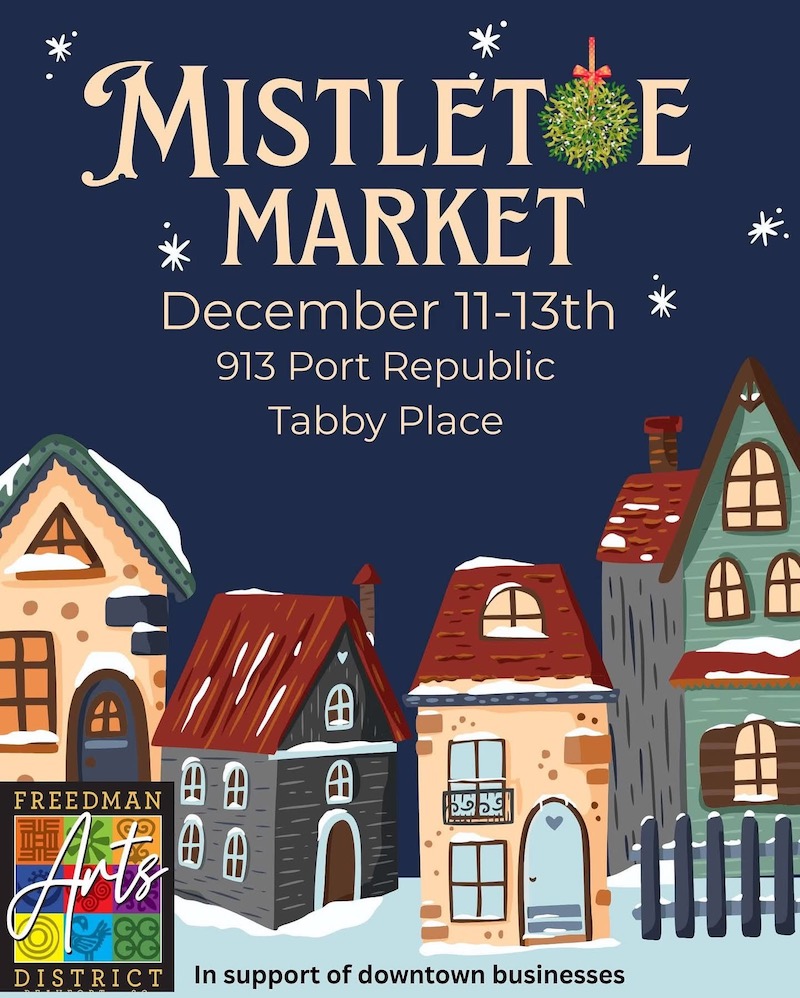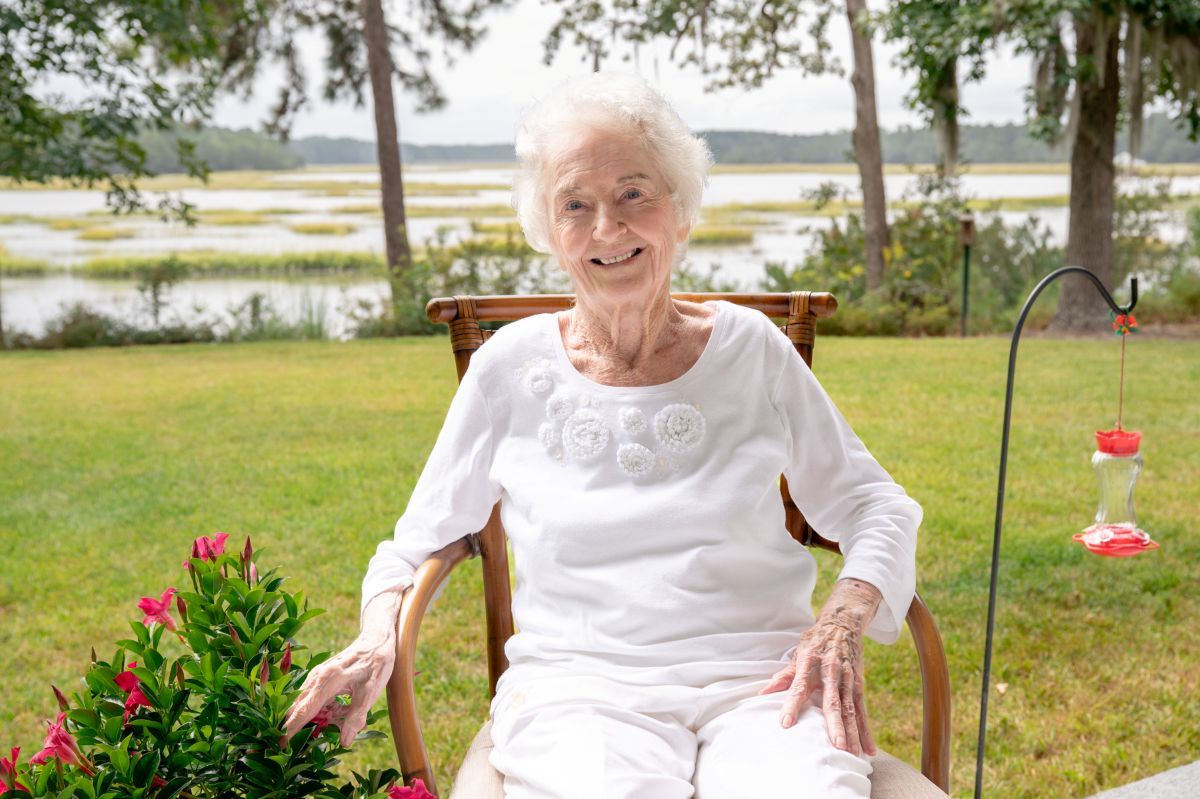By Tess Malijenovsky
Before the turn of the 20th century, it was a Christmas tradition for families to go out shooting birds for sport. In an effort to change this tradition that was harmful to bird species, the Audubon Society started a new holiday tradition known as the Christmas Bird Count. This Saturday, Dec. 17, marks Fripp Audubon Club’s third Christmas Bird Count and Audubon’s 112th.

Naturalists, scientists, club members and volunteers will arm themselves with binoculars, spotting scopes and bird books as they head out to any one of the five islands: Fripp, Harbor, St. Helena, Hunting or Lady’s. Each four-person group has an “identifier” responsible for helping others correctly identify birds as well as a “scribe” who records the number and bird species. The “spotters” are the lookout eye of the operation. The groups spend 15-30 minutes in each location before wandering to the next, counting birds the whole way as they hike through marsh, maritime forest and along the beach. There will be two shifts: one from 8 a.m. to noon, the other from 1-5 p.m.
Others will help out right in their backyard. The “backyard counters” let nature come to their homes, keeping an eye on their bird feeders to account for the finches, warblers, cardinals, chickadees and the like that are more difficult to count in the field.
Audubon is a club charged with conserving and restoring natural ecosystems for the sake of wildlife, humanity and earth’s biological diversity. “Most everybody in our club are naturalists, but at heart we have an affinity for birds,” said Dick Work, coordinator of Fripp’s Christmas Bird Count and member of the Board of Directors for the Fripp Island Audubon Club.
The data collected will be submitted for a national analysis of bird trends. “Across the country there are some 60,000 people that will be doing this, so it’s a real major deal,” said Pete Richardson, president of Fripp Island’s Audubon Club.
This scientific data helps conservation biologists study how bird populations are changing in time and space. Learning where the birds are moving indicates stresses on bird populations like climate change, habitat loss and groundwater contamination or poisoning. One example Work gave is how pelicans have migrated as far north from the Virginia Beach area as Chesapeake Bay, much farther north than they were ever spotted a decade ago as a result of habitat destruction and climate change.
What’s more is that the 16-mile stretch of six barrier islands in Beaufort County — Harbor, Hunting, Fripp, Pritchard’s, Old, and Capers islands —are deemed by the national Audubon as an Important Bird Area (IBA). These 10,000 acres are unique and diverse in pristine coastal habitats. Their salt marches, tidal creeks and rivers, long beaches and ocean inlets, maritime forests, fresh water lakes and lagoons, extensive rookeries, and large numbers of small hammock islands are home to 182 bird species. They are also home to endangered bird species such as wood storks, bald eagles, Wilson’s plovers, piping plovers, little blue herons, glossy ibises, American oystercatchers, black skimmers, gull-billed terns and painted buntings.
Richardson hopes that the Beaufort Barrier Islands IBA will one day become an international IBA: “We have not only our local birds, but we’re also on the Atlantic Flyway so all migrating birds stop by into this area, which makes it so unique.”
Despite the cold weather, volunteers and conservationists will feel warm knowing that their efforts in the Christmas Bird Count are a tremendous contribution the preservation of these endangered species and Beaufort’s treasured ecosystems.
“We want this to be a tradition that goes on for 30 years,” said Richardson.






